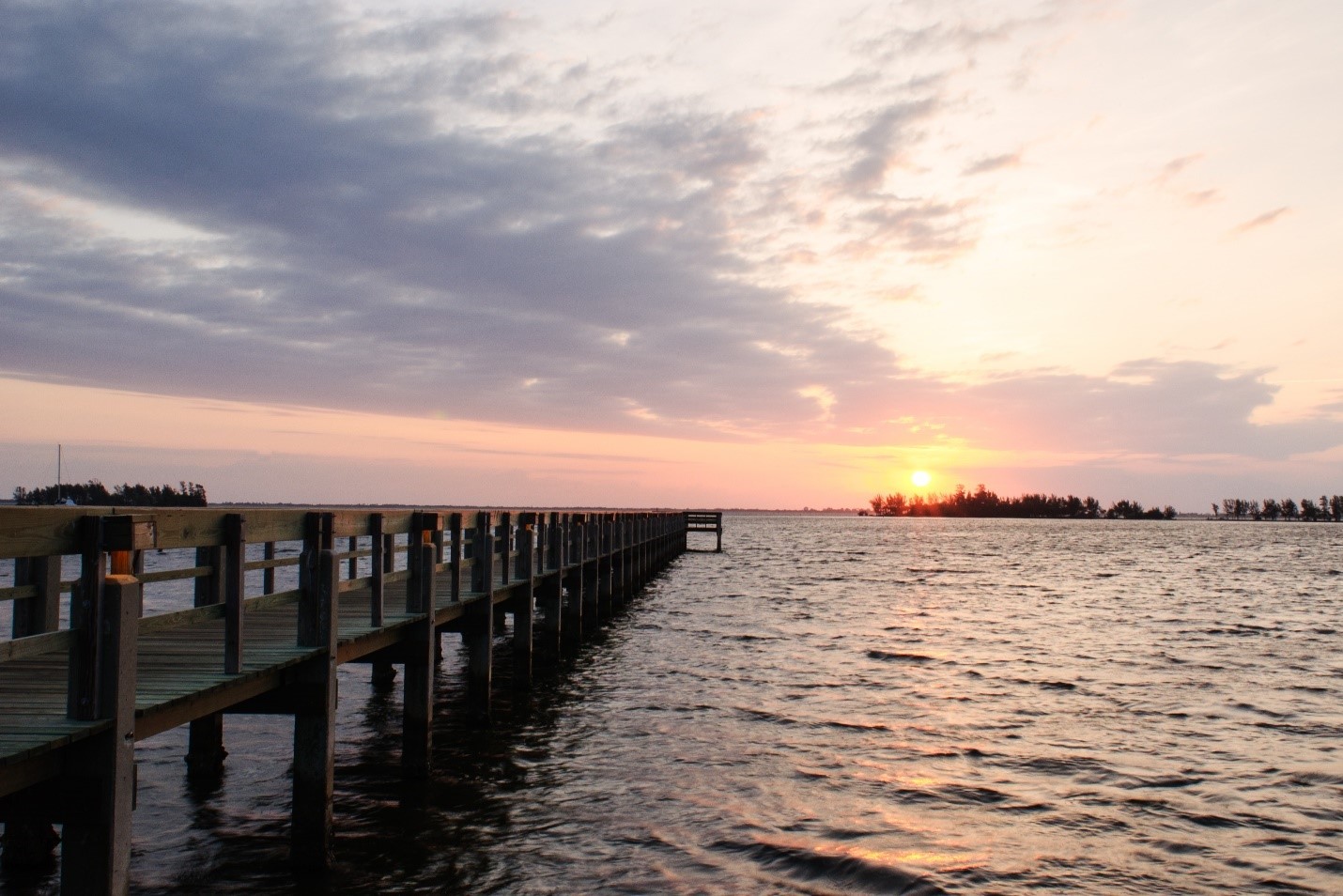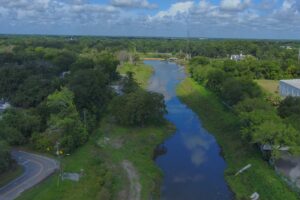District celebrates National Estuaries Week
Sept. 24, 2020
This week, the St. Johns River Water Management District joins other entities across the nation in celebrating the special waterways known as estuaries, where fresh and saltwater meet. National Estuaries Week recognizes these “cradles of life” where many species are born and grow before moving out to sea. These areas also help protect the coastline from storm surge and offer beautiful vistas and space for recreation.
It’s a special privilege to have several estuaries within our 18-county region as focus for much of our work. Our largest, the Indian River Lagoon, is officially recognized as an Estuary of National Significance through the U.S. Environmental Protection Agency’s National Estuary Program. We also have the lower 40 miles of the St. Johns River (between Black Creek and the river’s mouth at Mayport), and many miles of waterways in the District’s Northern Coastal Basins. Those areas include stretches of the Nassau, St. Marys, Guana, Tolomato and Matanzas rivers that are influenced by the Atlantic Ocean.
District scientists, program managers and field staff work diligently to ensure these important areas are better understood and protected. For example, in the Indian River Lagoon estuary, our team routinely monitors water quality, including through real-time monitors along the Indian River Lagoon, map seagrasses (seagrasses that provide an indication of the health of the lagoon and provide habitat for fish and other wildlife), and collaborate with other entities across the state. One of our lagoon experts, Dr. Charles Jacoby, lends his expertise to the Florida Red Tide Task Force, a statewide task force to which he was appointed by Gov. Ron DeSantis. Among our other work in the lagoon, we’ve provided cost-share funding to help replace failing and leaking septic tanks with connections to central sewer systems thereby reducing excess nutrients from entering the lagoon that could cause algal blooms. We are also helping through District-led projects such as the Crane Creek project – a project to redirect stormwater away from the lagoon from the M-1 Canal in Brevard County westward to a treatment area. This project will be beneficial in helping to reduce nutrient flows into both the Indian River Lagoon and the St. Johns River while also providing a potential water supply benefit by restoring 7 million gallons of freshwater flow per day to the St. Johns.
The District’s assistance for estuaries includes funding our Governing Board approved earlier this month to support the work of the IRL Council. The Council operates the Indian River Lagoon National Estuary Program. In addition, Gov. Ron DeSantis and the Florida Legislature approved $25 million for fiscal year 2020–2021 toward projects to improve water quality in the lagoon. The applications to share that IRL funding are currently in review and we look forward to the progress the approved projects will have in protecting this unique and invaluable natural resource.
You can learn more about the District’s support for our estuaries on our website at www.sjrwmd.com/waterways and www.sjrwmd.com/projects. Better yet, make plans to visit an estuary near you soon!






